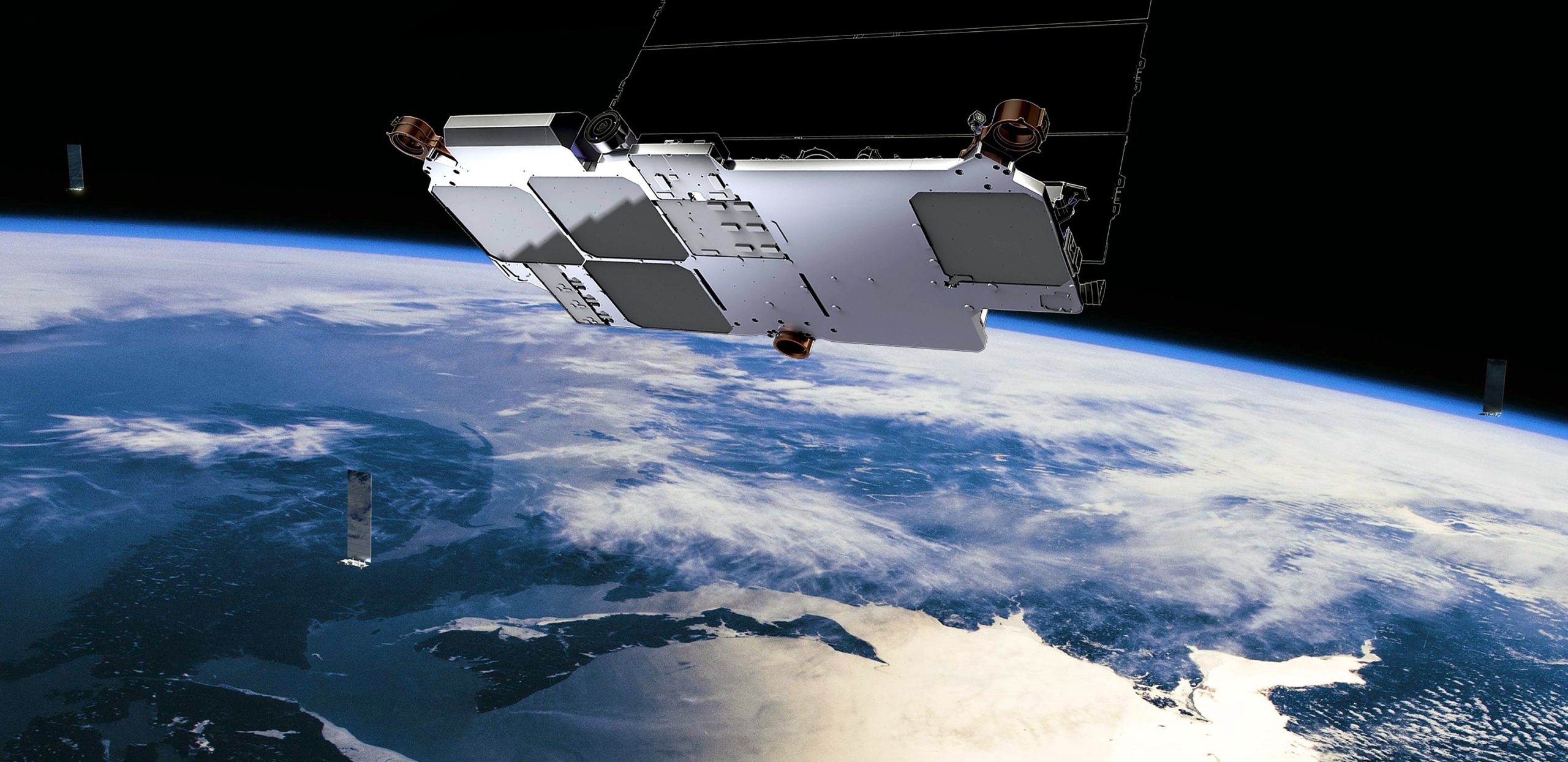SpaceX, the visionary aerospace company founded by Elon Musk, has achieved yet another groundbreaking milestone. SpaceX’s Cellular Starlink: Revolutionizing Communication from Space. The company’s Starlink system, designed to operate as orbiting cell towers in space, has successfully relayed text messages to and from smartphones on the ground. This achievement marks a significant step forward in revolutionizing communication from space.

The Breakthrough
SpaceX announced the successful transmission of text messages just six days after launching six Starlink satellites. The messages were sent and received using unmodified cell phones on the ground, utilizing T-Mobile network spectrum. While the details of the test, such as speeds and latency, were not disclosed, the report notes that the launch and early tests of the technology were completed without any issues.
Overcoming Challenges
Transmitting text messages from phones to satellites posed a significant challenge. Many consumer smartphones come equipped with “low gain antennas” designed for connecting to nearby cell towers, not satellites orbiting high above. To address this, SpaceX outfitted some Starlink satellites with custom silicon optimized for relaying phone signals. Additionally, advanced phased arrays were developed to enhance communication with cell phones from space.
Seamless Handoffs in Space
Maintaining a steady signal from space poses a unique challenge for Starlink satellites, as they orbit the Earth at a staggering speed of 17,000 miles per hour. To resemble true cell towers in space, seamless handoffs between satellites and on the ground are crucial. SpaceX carefully architected the system, considering satellite altitudes, beam size and placement, elevation angles, and the number of satellites. The goal is to achieve LTE connectivity that is both reliable and achievable.
FCC Approval and Expansion Plans

The Federal Communications Commission (FCC) has granted SpaceX permission to test the cellular Starlink system in over two dozen locations using 840 satellites to be launched in the coming months. However, full FCC approval to operate the service commercially in the US is still pending, with concerns about potential radio interference. In the meantime, SpaceX plans on expanding testing to include greater coverage and aims to launch the cellular Starlink service for T-Mobile customers later this year, starting with text messages. The company has ambitious plans to support voice and data in 2025.
Benefits and Implications
The successful transmission of text messages by SpaceX’s Starlink system opens up a world of possibilities. Here are some key benefits and implications of this groundbreaking achievement:
1. Global Connectivity
Starlink’s cellular capabilities have the potential to bring reliable connectivity to remote and underserved areas around the world. By leveraging a network of orbiting cell towers, SpaceX can bridge the digital divide and provide internet access to regions where traditional infrastructure is challenging to deploy.
2. Disaster Response and Emergency Communications
During natural disasters or emergencies, communication infrastructure is often compromised. Starlink’s ability to maintain connectivity from space can play a crucial role in facilitating communication and aid coordination in such situations. The system’s resilience and rapid deployment capabilities make it a valuable asset for disaster response teams.
3. Improved Connectivity for Transportation

With seamless handoffs between satellites and on the ground, SpaceX’s cellular Starlink system opens up possibilities for enhanced connectivity in transportation systems. This includes airplanes, ships, and even autonomous vehicles, ensuring reliable communication in remote areas or during cross-country journeys.
4. Enabling IoT and Smart Cities
The Internet of Things (IoT) relies on robust and widespread connectivity to function effectively. Starlink’s global coverage and low latency can support the proliferation of IoT devices, enabling the development of smart cities and advanced applications in various industries, such as healthcare, agriculture, and transportation.
Conclusion
SpaceX’s successful transmission of text messages using its Starlink system signifies a significant leap forward in space-based communication. By overcoming challenges and developing innovative technology, SpaceX has laid the groundwork for a future where global connectivity is no longer limited by Earth’s infrastructure. As the company continues to push the boundaries of what is possible, we can expect even more transformative developments in the realm of space communication. Stay tuned for the next chapter in SpaceX’s journey towards revolutionizing the way we communicate, connect, and explore.
